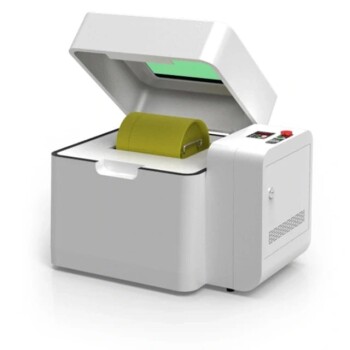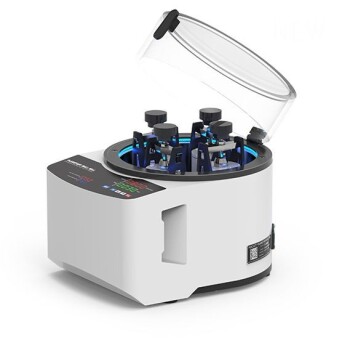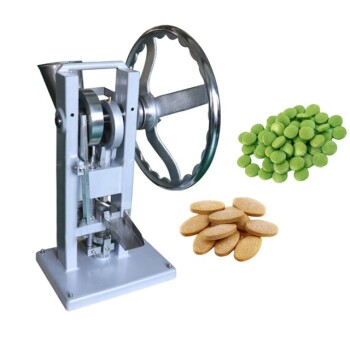Yes, sintered parts can be machined. However, the process is fundamentally different and often more challenging than machining conventional wrought metals. The unique porous structure of sintered components requires specific considerations regarding tooling, cutting parameters, and the final properties of the part.
The core challenge is not if you can machine sintered parts, but how you manage their inherent porosity. This structure leads to interrupted cuts that accelerate tool wear and demand a specialized approach to achieve good results.
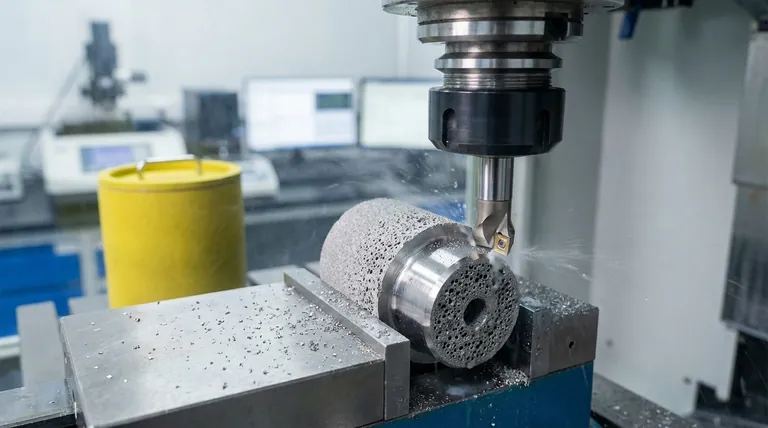
Why Machine a Part Designed to Be "Net-Shape"?
Powder metallurgy (PM) is prized for producing parts that are "near-net-shape," minimizing the need for secondary operations. Despite this, machining is often a necessary step to achieve final design requirements.
Achieving High-Precision Tolerances
Sintering is an excellent process, but it cannot always hold the extremely tight tolerances required for features like bearing bores or precision shafts. Machining is used to bring these critical dimensions into final specification.
Creating Complex Geometries
Certain features are difficult or impossible to form during the powder compaction stage. These often include transverse holes (perpendicular to the pressing direction), threads, and undercuts, which must be added via a secondary machining process.
Improving Surface Finish
The nature of sintering can leave a surface with some residual porosity. For applications requiring a very smooth surface for sealing or dynamic contact, machining operations like turning, grinding, or milling are employed to achieve the desired finish.
The Core Challenges of Machining Sintered Metals
The metalworking industry correctly considers sintered parts less machinable than their solid counterparts. This is due to a few key factors directly related to their powder-based origin.
The Problem of Porosity
The voids between the fused metal particles create an interrupted cut for the tool's cutting edge. This constant engagement and disengagement with the material generates vibration, which can lead to chipping, rapid tool wear, and a poor surface finish.
Abrasive Material Structure
Powder metal components are made from hard particles that are pressed and fused together. These individual particles can be highly abrasive to the cutting tool, dulling the edge much faster than a uniform, wrought material would.
Poor Thermal Conductivity
The porosity that complicates cutting also acts as an insulator. Heat generated during machining does not dissipate effectively through the workpiece, concentrating at the tool tip. This excessive heat can lead to premature tool failure.
Understanding the Trade-offs and Best Practices
Successfully machining sintered parts requires acknowledging the compromises and adopting the right strategies.
Increased Production Cost
The primary trade-off is cost. Adding a machining step negates some of the key economic advantages of the PM process. It introduces more time, handling, and potential for scrap into the production cycle.
The Impact on Material Properties
Machining can "smear" the metal on the surface, closing off the pores. This can be beneficial if you need to create a sealing surface, but it is detrimental if the part relies on its porosity for oil impregnation and self-lubrication.
Critical Tooling and Parameter Selection
Success hinges on the right setup. Polycrystalline diamond (PCD) or coated carbide tools with sharp, positive rake angles are often required. High cutting speeds combined with low feed rates help minimize cutting forces and reduce the impact of the interrupted cut on the tool edge.
Making the Right Machining Decision
Your approach should be dictated by the final goal for your component.
- If your primary focus is maximum cost-efficiency: Design the component to be a true net-shape part from the mold, avoiding all secondary machining operations.
- If your primary focus is high-precision features: Plan for machining from the beginning, select a powder metal alloy with enhanced machinability additives, and budget for the appropriate tooling.
- If your primary focus is balancing cost and complexity: Limit machining to only the absolutely essential features, such as tapping a single hole or finishing one critical surface.
By understanding the unique properties of sintered materials, you can successfully integrate machining to achieve complex designs without sacrificing the core benefits of powder metallurgy.
Summary Table:
| Challenge | Key Consideration | Best Practice |
|---|---|---|
| Porosity | Causes interrupted cuts and vibration. | Use sharp, positive rake angle tools. |
| Abrasiveness | Hard particles accelerate tool wear. | Select PCD or coated carbide tooling. |
| Heat Buildup | Poor thermal conductivity affects tool life. | Employ high cutting speeds, low feed rates. |
| Surface Smearing | Can seal pores, affecting lubrication. | Machine only essential features if oil-impregnated. |
Need to machine a complex sintered component? The unique challenges of powder metallurgy require specialized expertise and equipment. At KINTEK, we specialize in lab equipment and consumables for material testing and preparation, helping you validate your machining processes and select the right materials. Let our experts help you achieve the precision and performance your project demands. Contact our team today to discuss your specific application!
Visual Guide
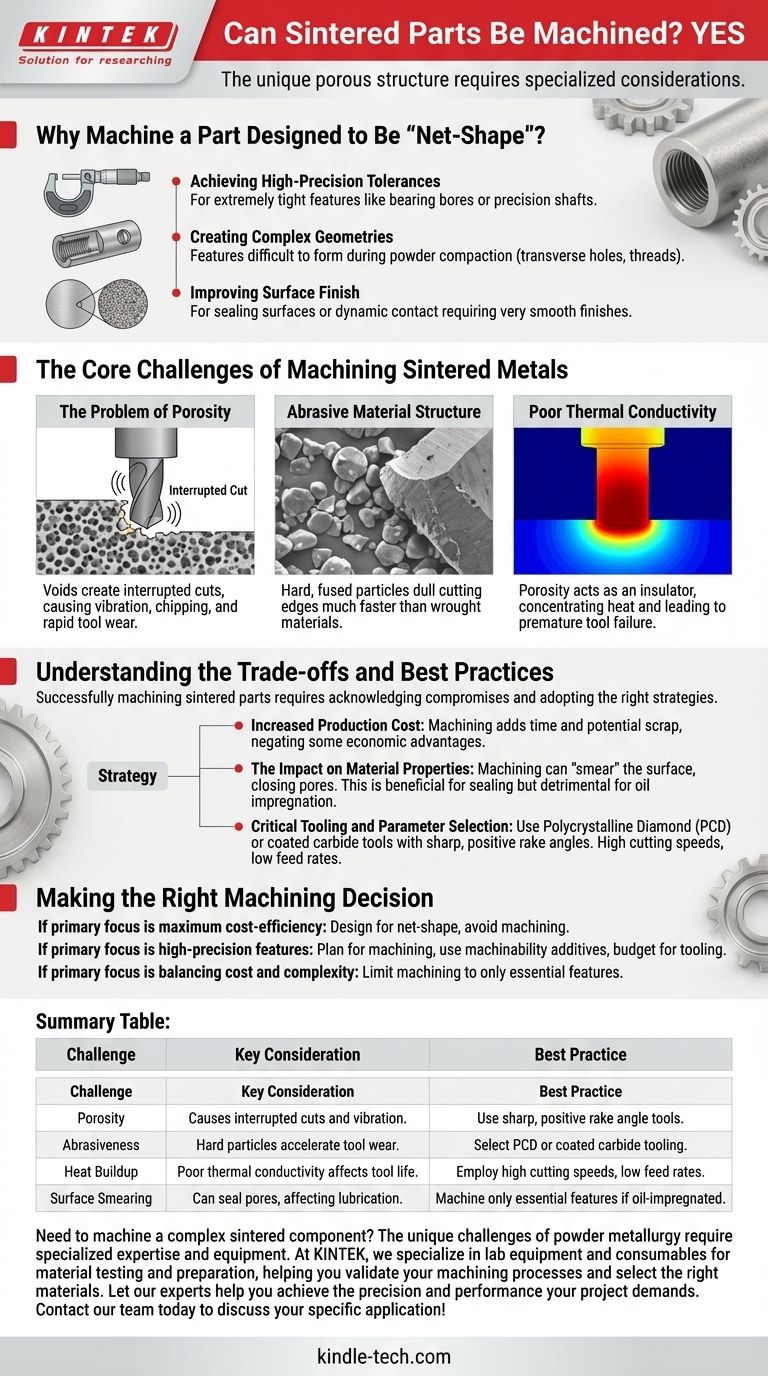
Related Products
- Laboratory Single Horizontal Jar Mill
- High Energy Planetary Ball Mill Machine for Laboratory Horizontal Tank Type
- High Energy Planetary Ball Mill Milling Machine for Laboratory
- High-Energy Omnidirectional Planetary Ball Mill Milling Machine for Laboratory
- High-Energy Omnidirectional Planetary Ball Mill Machine for Laboratory
People Also Ask
- What is the particle size of a ball mill? Control Your Grind from Microns to Nanometers
- What is the ball mill based on the principle of? Impact and Attrition for Efficient Grinding
- What is a ball mill used for in ceramics? Achieve Ultimate Control Over Glaze and Clay Quality
- What is the particle size range of a ball mill? Achieve Precise Grinding from 10 mm to Sub-Micron
- What are the disadvantages of a ball mill? High Energy Use, Noise, and Contamination Risks
